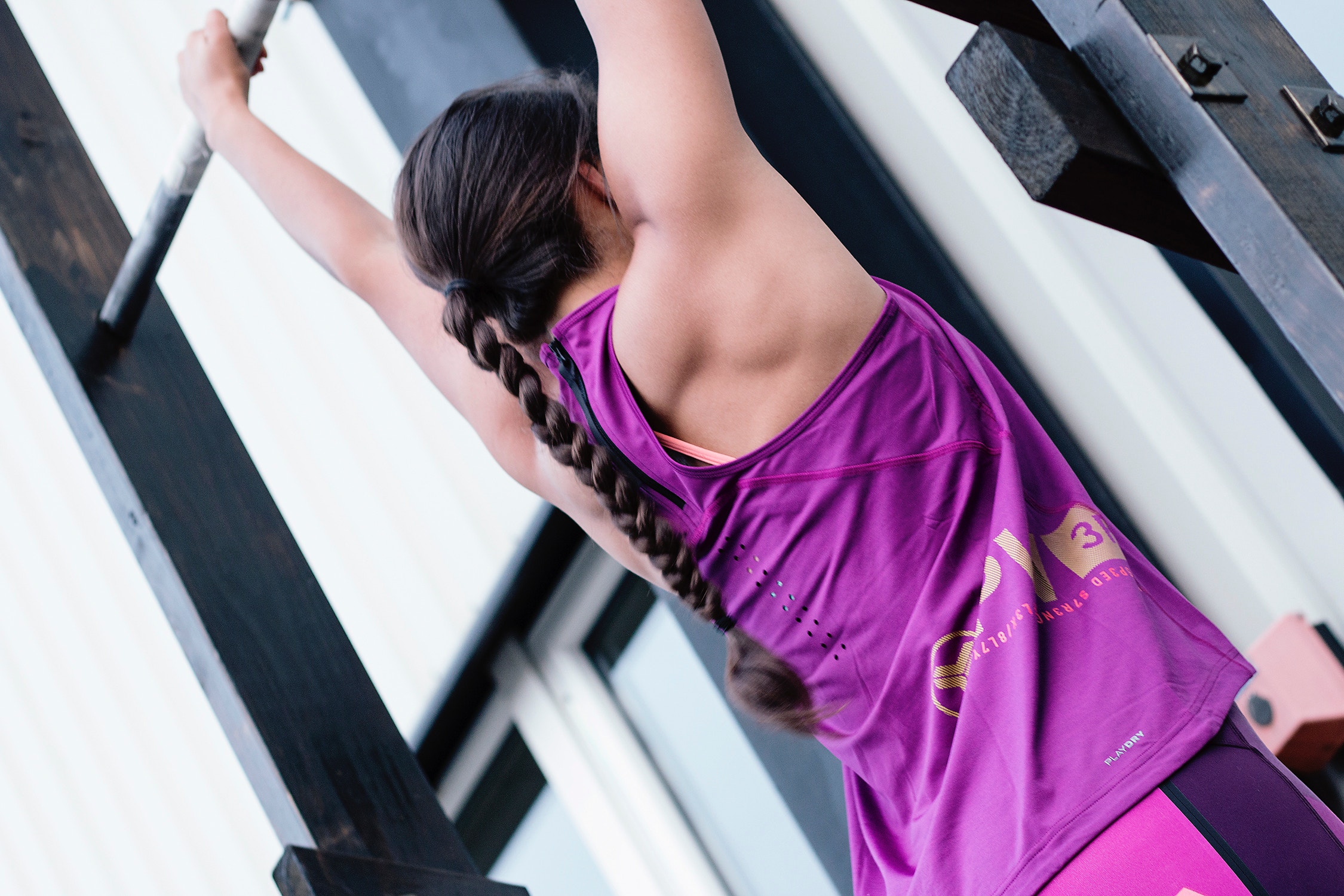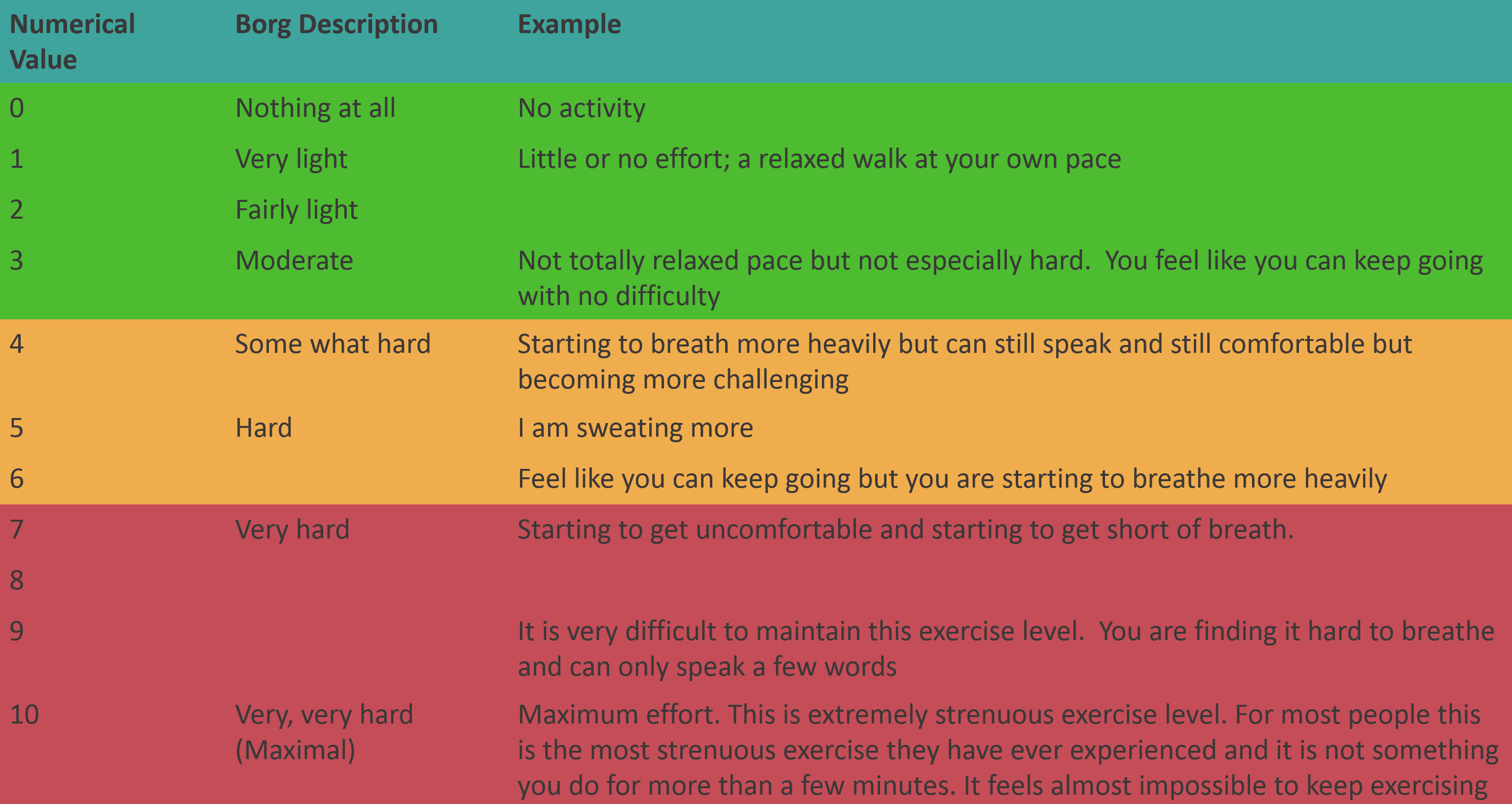Monitoring Session RPE can improve performance

The value of Session-RPE (session-rating of perceived exertion) to coaches and athletes has been highlighted once again in a study by leading experts in the field. The findings of research carried out by Monoem Haddad, Georgios Stylianides, Leo Dajaoui, Alexandre Dellal and Karim Chamari were published in Session-RPE Method for Training Load Monitoring: Validity, Ecological Usefulness, and Influencing Factors which illustrates the vital role that Session-RPE has in preparing an athlete for competition by concluding:
These studies confirmed the validity and good reliability and internal consistency of session-RPE method in several sports and physical activities with men and women of different age categories (children, adolescents, and adults) among various expertise levels. This method could be used as “standing alone” method for training load (TL) monitoring purposes though some recommend to combine it with other physiological parameters such as heart rate
This study backs up the views of many other experts including George Beckham in Quantify your workouts with session RPE who states that one of the greatest benefits of Session-RPE is the subjective input.
Session RPE is a good way to assess the difficulty of a session for a given athlete, because it is a representation of how difficult the session was in the absolute sense, filtered through the perception of the athlete. It’s also a pretty accurate representation of actual work done and the physiological/psychological stress experienced during a training session. The athlete’s perception is really important here – if the athlete is exhausted, an easy session might have a very high RPE, whereas if the athlete was feeling great, that same session might have a lower RPE
What is Session-RPE?
Session-RPE has been recognized as an excellent method of calculating training load. It requires the athlete to provide responses after undertaking exercise along with details of training duration. It is often measured on a 0-10 scale with an athlete giving an evaluation on their training exercise ranging from 1 (very, very easy), to 7 (very hard) up to 10 (maximal). The resulting data allows the coach to calculate the training load by multiplying training intensity and duration and the value of this approach has been verified through a number of studies in a variety of sports.

Benefits apply to a variety of sports
The value of this approach can be seen in practical terms through a number of studies across a variety of sports. One study published in the Journal of Strength and Conditioning entitled The ecological validity and application of the session-RPE method for quantifying training loads in swimming illustrates the benefit of this method. The study analyzed 12 well trained swimmers where training load was then calculated for each session using the session-RPE, HR-based methods, and session distance. They concluded that:
The results of this study suggest that session-RPE may provide a practical, non-invasive method for quantifying internal TL in competitive swimmers
The method was also used in The Use of Session-RPE Method for Quantifying Training Load in Diving by Carlo Minganti, Laura Capranica, and Romain Meeusen. Six elite divers were monitored during six training sessions within a week and the findings pointed to the fact that session-RPE is useful for monitoring internal training load in divers. These findings were backed up by further research entitled RPE-Based Training Load in Soccer by Franco M IMpellizzeri, Ermanno Rampinini, Aaron J Coutts, Aldo Sassi and Samuele M Marcora where 19 young soccer players were analyzed. The researches came to the following conclusion.
The results of this study show that the session-RPE can be considered a good indicator of global internal load of soccer training
Overall what are the benefits of session-RPE?
- It allows a coach to monitor training loads compared to intended loads, making it a simple way to check the implementation of training as planned
- It can help reduce training monotony and assist in preventing over-training and illness
- It assists in detecting athletes who are not coping with training, and helps ensure that athletes returning from injury are not progressed too quickly
- This method does not require expensive equipment and can be very useful and practical for coaches and athletic trainer to monitor and control internal load, and to design periodization strategies
Session-RPE will lead to improved performance
Training load can be monitored in many different ways, however, we recommend the session-RPE method for quantifying training load because it is simple to use, easy to understand and relatively easy to implement. From a sports science perspective, a valid and reliable record of training load allows the effectiveness of different training to be assessed. It can be used to ensure that both sufficient training loads are implemented and that excessive loads are not. Finally, over time and with some practice, accurate monitoring of training load will enable the coach to better understand the best training methods for individual athletes. Ultimately, this may lead to improved performance in competition
[Aaron Coutts, Lee Wallace and Katie Slattery in Monitoring Training load]
What is Metrifit?
Metrifit helps coaches get to know their athletes, and helps athletes get ready to perform. It is a simple, intuitive and effective approach to monitoring looking at how the ‘small picture’ of an athlete’s daily habits, shapes the ‘big picture’ of match day performance.
Whether your use of Metrifit is to have a highly accurate reflection of acute to chronic work-load ratios to make training/competition decisions, to empower student-athletes to be reflective and take charge of their Health & Wellness, or as a basis to engage in conversation with your Student-Athletes thereby demonstrating you care about them as individuals, Metrifit simply works. It meets kids where they reside – on their mobile phones and through technology and is quick, easy, and habit-forming to use.
Why not have a look at our Metrifit Ready to Perform product and gain insight on the physical and mental state of your athletes through our daily wellbeing questionnaire? To find out more visit our Metrifit Product Overview page or contact at for a free demo. You can also register your team and use Metrifit for 14 days for free.
Please share this post so others may benefit.
Follow @metrifit

References
Quantify your workouts with session RPE by George Beckham
Monitoring Training load by Aaron Coutts, Lee Wallace and Katie Slattery
Session-RPE is an easy and effective method of monitoring training load | Metrifit
































 Previous Post
Previous Post Next Post
Next Post





